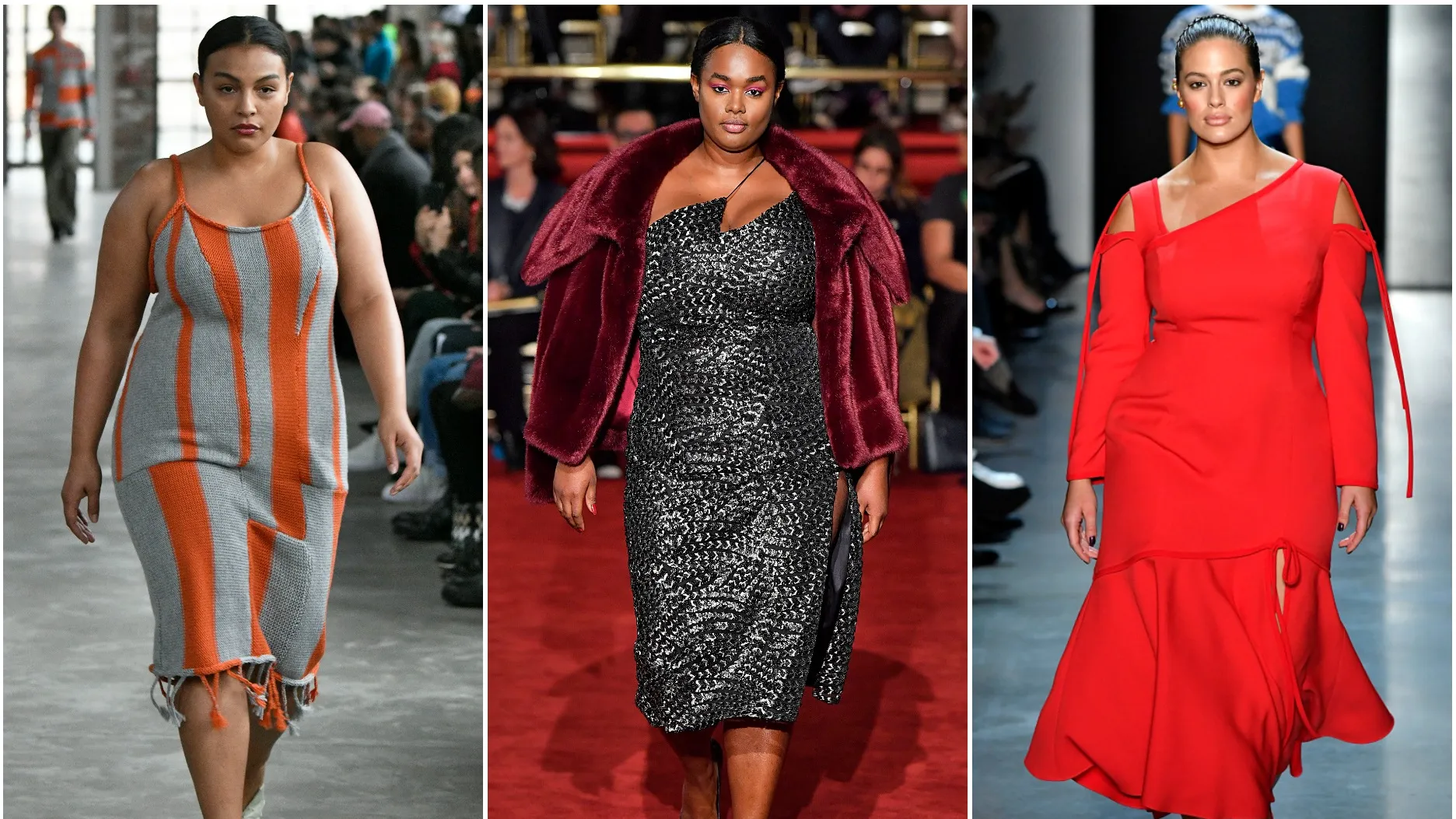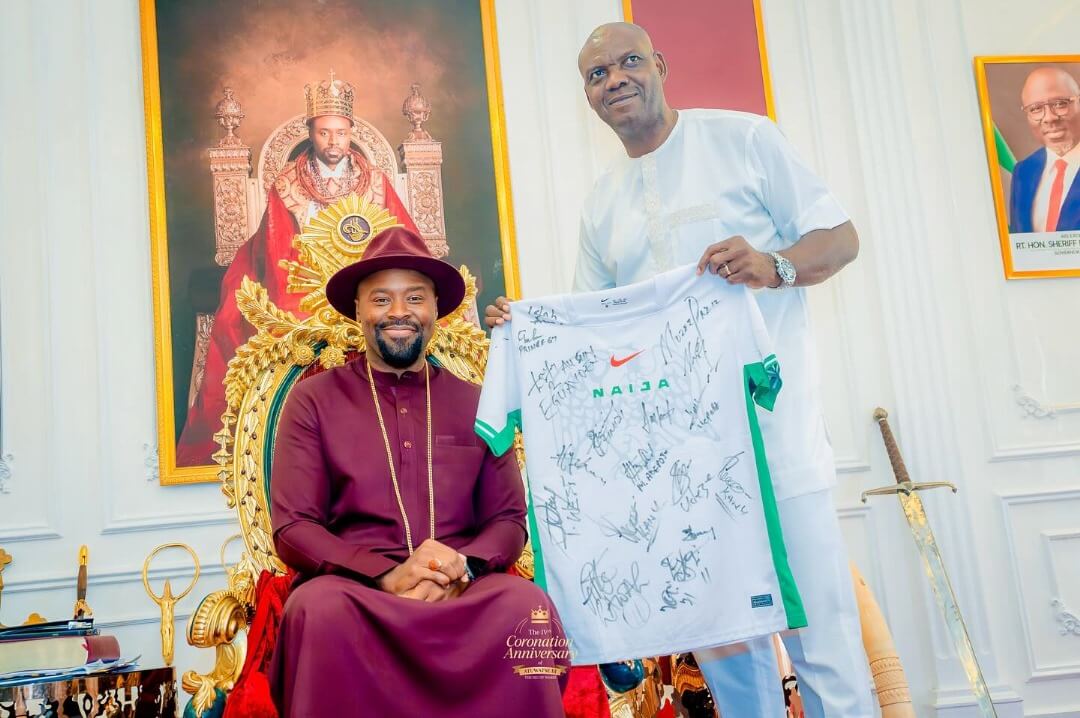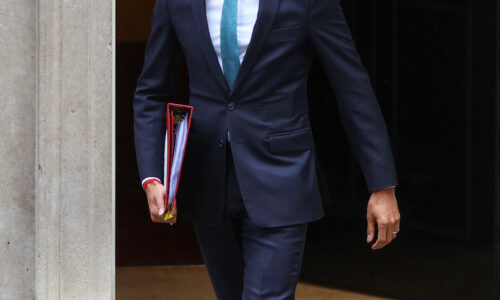- Judith Akatugba
- 0 Comments
- 593 Views
What is the reason for the marginalization of plus-size consumers, given that the plus-size fashion business is worth $17.5 billion? A great deal of guilt is placed on the fashion business, and while it is true that the criticism is, to some extent, justified, it is not totally justified. Every single day, in my capacity as a plus-size fashion blogger and a seasoned fashion marketing consultant, I have conversations with women who are searching for more from the luxury fashion sector. We have been compelled to take a utility-versus-style strategy since there is a limited selection of products available, which can be perplexing for the few trend-driven businesses who are navigating the area. If you are one of the estimated 100 million people in the United States who are overweight or obese, your personal shopping habits may account for more of the problem than you realize.
Read Also: Cher’s temporary conservatorship request for son denied
Naturally, the decisions that retailers make are influenced by the behavior of their customers; yet, the most baffling experience I’ve had in my professional life was when a plus-size retailer conducted a test on shoppers by displaying the same designs on size 8 and 14 models, each to certain client segments. Despite the fact that customers urged on social media that the brand utilize plus-size women in their product photography, the size 8 model resulted in an increase in sales almost every time. Several people in the industry related similar experiences about brand after brand, indicating that this was not an unusual incidence. Additionally, businesses are going to continue to develop online shopping experiences that result in increased sales opportunities. To move inventory, for instance, brands frequently reshoot a product that is selling slowly on a model that has a “higher converting” potential (to use the term used in the industry to refer to earning potential). The fashion industry is mostly a business, despite the fact that clothes plays an important role in our lives.
Following Melissa McCarthy’s assertion that she was unable to find fashion designers willing to produce gowns for her red carpet appearances, plus-size blogger Chastity Garner recently resurrected a movement to pressure Target into widening the sizes of their designer collaborations. This came on the heels of McCarthy’s statement. Lane Bryant is stirring up the fashion business by collaborating with Isabel Toledo, Sophie Theallet, and most recently Lela Rose. This is despite the fact that the conventional notion of the fashion industry is that plus-size women are not desirable customers. In addition to employing a brand’s existing fit, patterns, and styles, partnerships such as this enhance the profile of plus in the fashion industry as a whole. It is exciting and tempting to view the success of these cooperation, regardless of whether or not it is perceived.
The true transformation that will occur in the fashion industry for plus-size women will occur when consumers make more conscientious shopping decisions. “The difference will be seen immediately when the plus consumer breaks the cycle and starts to take risks buying beautiful, high-quality pieces that she is proud to wear,” said Aimee Cheshire, co-founder of Hey Gorgeous, an online retailer that carries established and independent fashion sizes 8 and up. Hey Gorgeous is an online retailer that carries sizes 8 and up.
Given that corporations are continuing to pay attention to the feedback and actions of plus-size consumers, it is imperative that we, as a community, recognize that each and every encounter we have carries with it a duty. The dedicated members of the team utilized the uproar from the community as proof of what they already knew, which was that women desire excellent, current fashion at any size, and they independently revived the brand after The Limited closed down ELOQUII owing to a lack of resources. (I would like to disclose that ELOQUII is one of the brands for whom I provide consulting services.) It is the accumulation of our choices that will bring about true diversity, whether it is fashions that are more trend-driven, better fits, fabrics of greater quality, model selection, or extended sizes. There are several factors that contribute to the success of a company, including product reviews, feedback, tweets, comments, images, and blog articles. When it comes to the cash register, customer behavior also plays a role.











